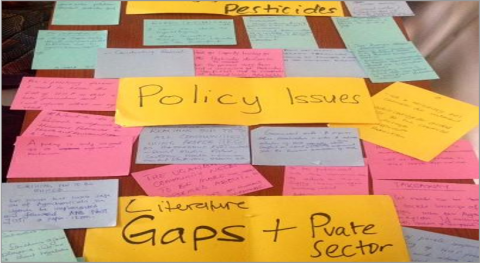Country Situation Report on Highly Hazardous Pesticides (HHPs) in Uganda

Uganda is a land locked country with an area of 241,500 km2 lying astride the equator. It is located in the eastern region of Africa, situated at latitude 1º22’12.00” north and longitude 32º17’24.00” east. The country is bordered by South Sudan to the north, Kenya to the east, Tanzania and Rwanda to the south, and the Democratic Republic of the Congo to the west. Of the total area coverage of 241,500 sq. km, about 15.3% is open water, 3.0% permanent wetlands and 9.4% seasonal wetlands. The perimeter of Uganda is approximately 16,630 km.
Studies have nevertheless demonstrated that pesticides and agrochemicals continue to pose a risk to human health and the environment, resulting in chronic toxicity due to repeated or long-term exposure. Also of concern are the negative impacts of chemicals on the environment, for instance contamination of water resources and soils, and acute or chronic toxicity to non-target organisms that lead to disruption of ecosystem functions. Furthermore, misuse and overuse of the pesticides and agrochemicals may have reverse effects, further leading to reduction of agricultural production (e.g. due to increased pest resistance to pesticides or reduction of soil fertility) and poor sustainability of agricultural production in general.
This report relates to Sustainable Development Goals 2, 3, 6, 8, 12, 13, 14 and 15.
Special thanks to IPEN's Anglophone Africa Regional Coordinator Silvani Mng'anya and IPEN's Anglophone Africa Regional Hub AGENDA for their important contributions to the development and finalization of the project.
| Attachment | Size |
|---|---|
| 2 MB |
